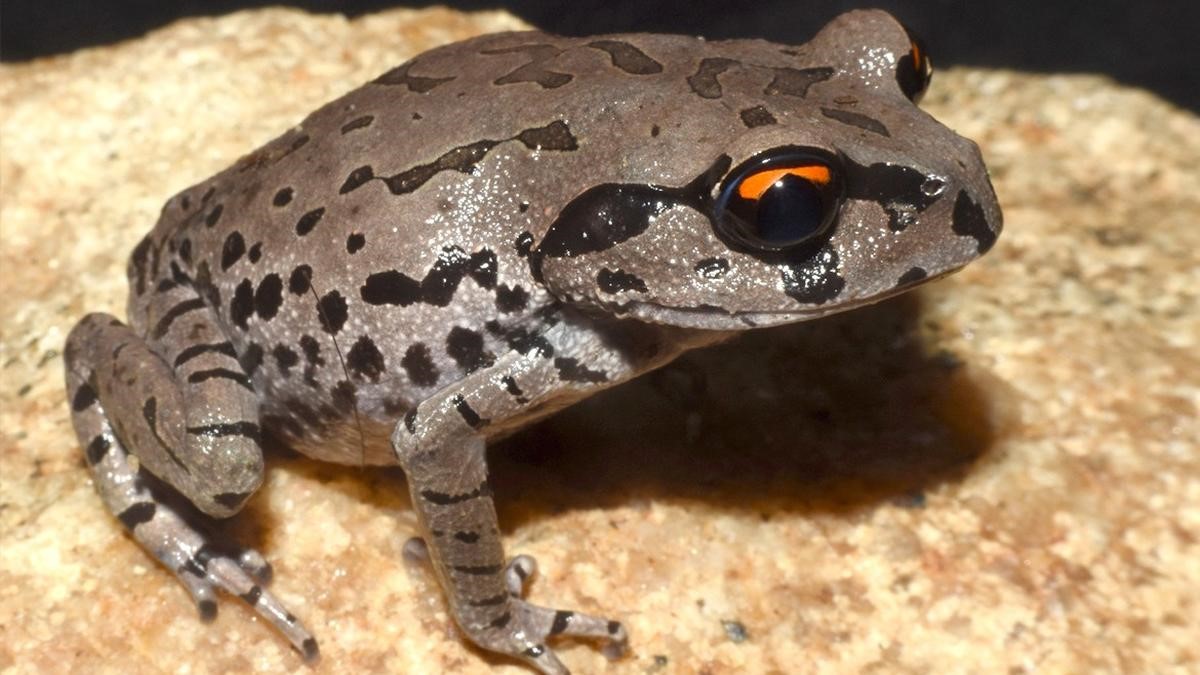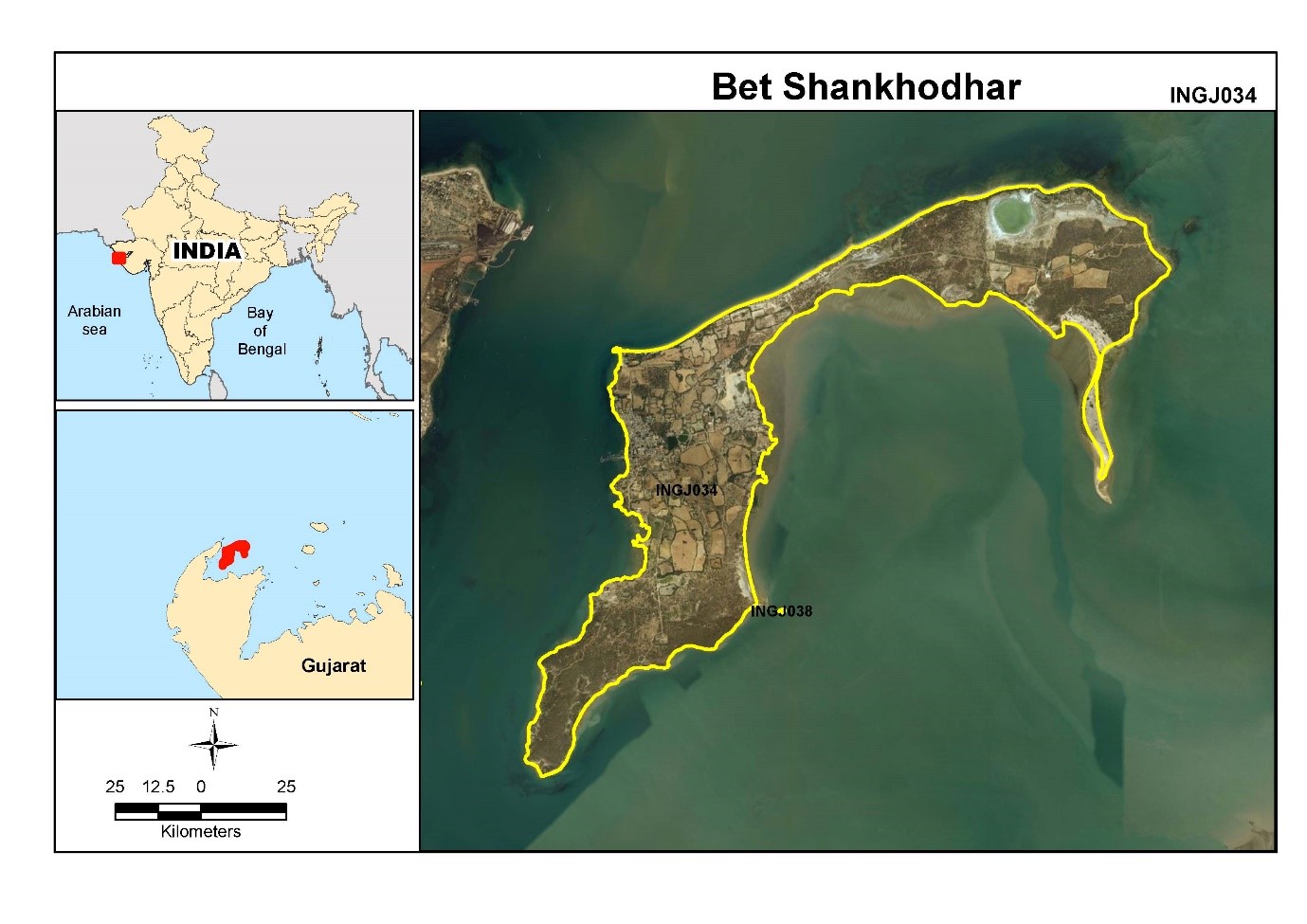|
One Liners 16-02-2025
|
|
History, Art and Culture
|
|
Siachen Day: Honoring the Siachen Warriors
Recently, Siachen Day was observed on April 13th to commemorates the unwavering courage and resolve of Indian soldiers stationed in the Siachen Glacier, the world's highest battlefield.
- Commemorating Operation Meghdoot – This day specifically marks the anniversary of Operation Meghdoot, launched on April 13, 1984. The operation saw the Indian Army successfully secure the Siachen Glacier, preempting Pakistan's attempts to seize strategically vital locations.
- Significance of India's Strategic Control – Siachen Day underscores India's strategic control over the glacier, particularly the crucial Bilafond La and Sia La passes. It highlights the dedication of soldiers serving in extremely challenging conditions.
- Background to the Historic Mission – Operation Meghdoot was initiated in response to Pakistan's cartographic aggression and intelligence indicating their plans to capture key passes. The Indian Army's proactive operation secured India's presence in the region.
- A Legacy of Courage and Sacrifice – As 2025 marks the 41st anniversary, Siachen Day serves as a poignant reminder of the sacrifices and heroism of the "Siachen Warriors," inspiring generations with their indomitable spirit.
|
|
Bohag Bihu 2025: Assamese New Year Celebrations
Recently, Bohag Bihu also known as Rongali or Xaat Bihu, is Assam's vibrant spring festival and New Year, observed over seven days from April 14th to 20th.
- Marking the Assamese New Year – This significant festival heralds the start of the Assamese solar year, bringing with it celebrations of new beginnings and the arrival of the spring season.
- Harvest and Agrarian Gratitude – Primarily an agrarian festival, Bohag Bihu is a time for the farming community to express their gratitude for the recent harvest and to pray for a prosperous agricultural year ahead.
- Cultural Significance and Unity – The seven-day celebration is rich in colorful rituals, folk songs, traditional dances, and communal feasts, acting as a unifying force across Assamese communities and villages.
- Spring Festival Equivalents – Bohag Bihu shares its spirit with other Indian spring festivals like Baisakhi in Punjab, Puthandu in Tamil Nadu, Vishu in Kerala, and Pohela Boishakh in West Bengal.
- Seven Days of Festivities – Spanning a week, each day of Bohag Bihu holds unique cultural and agricultural importance, contributing to the overall joyous and celebratory atmosphere of the festival.
|
|
Geography
|
|
April's "Pink Moon" Illuminates the Sky
Recently, on April 12th, the first full moon of April, popularly known as the "Pink Moon," graced the night sky. This celestial event is a captivating sight for stargazers.
- Understanding Supermoons: A Brighter, Larger Full Moon – NASA defines a supermoon as a full moon occurring when the moon is at its perigee, its closest point to Earth in its orbit. At perigee, the full moon appears noticeably larger and brighter than usual.
- Enhanced Size and Brightness – Supermoons are typically about 7 percent larger and approximately 15 percent brighter than an average full moon. This difference, while noticeable, may not be dramatically apparent to casual observers.
- The "Pink Moon" Misnomer – Despite often being called a "Pink Moon," the supermoon's color isn't actually pink. This name originates from the Wild Ground Phlox, a species of pink wildflower that blooms in North America during the spring, around the time of the April full moon.
- The "Paschal Moon" Connection – In the Christian calendar, this particular full moon is also known as the Paschal Moon. Its timing is significant as it determines the date of Easter, which is celebrated on the first Sunday following the Paschal Moon.
|
|
Polity & Governance
|
|
Verka's New Mascot: 'Veera' Unveiled
Recently, Milkfed Punjab, a leading Indian dairy cooperative, has introduced 'Veera' as the new mascot for its flagship brand, Verka.
- This strategic move aims to boost Verka's national and international recognition, similar to the Amul Girl's success.
- Introducing 'Veera': The Brand Ambassador – Veera, meaning 'brother' in Punjabi, is depicted as a smiling young Sikh boy with folded hands. He embodies Punjab's warmth, tradition, and hospitality, set to promote Verka's brand image.
- Milkfed Punjab's Initiative – Milkfed (Punjab State Cooperative Milk Producers’ Federation), currently India's 7th largest state milk cooperative, is behind this branding effort to enhance Verka's market reach.
- Verka: A Dominant Dairy Brand – Verka, Milkfed's popular dairy brand, offers a wide range of products including milk, lassi, butter, paneer, curd, and flavored milk, already holding a strong market share in Punjab.
|
|
Nagaland Launches Ambitious Solar Mission
Recently, Nagaland Chief Minister Neiphiu Rio has inaugurated the Nagaland Solar Mission, a significant step towards promoting widespread adoption of rooftop solar power systems across the state.
- Aligning with PM Surya Ghar Yojana – This initiative is in close alignment with the central government's 'PM Surya Ghar: Muft Bijli Yojana', aiming to provide affordable and clean energy to households.
- Substantial Subsidies for Solar Adoption – The Nagaland Solar Mission offers attractive subsidies, covering up to 96% of the cost for 2kW solar systems and 85% for 3kW systems, making solar power significantly more accessible.
- Financial Commitment to Green Energy – Demonstrating its commitment to renewable energy, the state government has allocated Rs10 crore for the Nagaland Solar Mission in the financial year 2025-26.
- Boosting Sustainable Energy in Nagaland – This mission is expected to accelerate the transition towards sustainable energy in Nagaland, reducing reliance on conventional power sources and empowering households with clean and affordable electricity.
|
|
Environment
|
|
IISc Creates 'Venom Maps' for Russell's Viper
Recently, Researchers at the Indian Institute of Science (IISc) have developed innovative "venom maps" for the Russell's viper, a highly venomous snake species.
- Predicting Venom Variations with Climate Data – These unique maps utilize local climate data to predict the specific characteristics of the Russell's viper's venom across different geographical regions.
- Aiding Clinicians in Snakebite Treatment – The primary goal of these venom maps is to assist clinicians in selecting the most effective antivenom treatment for snakebite victims, potentially improving patient outcomes.
- Russell's Viper: Protected Under WPA – It's important to note that the Russell's viper is classified as protected wildlife under Schedule II of the Wildlife Protection Act (WPA), 1972 in India.
- Towards Targeted Snakebite Therapy – This research represents a significant step towards a more targeted and effective approach to snakebite therapy, considering the geographical variations in venom composition.
|
|
Miscellaneous
|
|
Kathak Legend Kumudini Lakhia Passes Away
Recently, Renowned Kathak dancer Kumudini Lakhia, a pioneer in group performances, passed away at 95 in Ahmedabad shortly after receiving the Padma Vibhushan. She revolutionized Kathak, traditionally a solo art form, by bringing ensemble work to the forefront.
- The Essence of Kathak: Storytelling Through Dance – Derived from the Sanskrit word ‘Katha’ (story), Kathak originated from Kathakars, ancient storytellers who narrated epics like the Ramayana and Mahabharata using music, dance, and mime.
- Historical Journey and Evolution – Born in North India during the Bhakti movement (8th-12th centuries), Kathak flourished in royal courts under Mughal patronage, incorporating Persian influences. Despite colonial marginalization, it was revived post-independence and recognized as a classical dance form.
- Distinct Gharanas: Shaping Diverse Styles – Three prominent Gharanas (schools) define Kathak: Lucknow, known for grace and expression; Jaipur, emphasizing intricate footwork and rhythm; and Banaras, balancing footwork and narrative with unique spins.
- Key Elements of a Kathak Performance – Kathak performances blend ‘Nritta’ (pure dance with complex footwork and spins synchronized with percussion) and ‘Nritya’ (expressive dance conveying emotions and stories through gestures and expressions). It is accompanied by Hindustani classical music.
- Major Exponents of Kathak – Key figures who shaped Kathak include Bindadin Maharaj and Birju Maharaj (Lucknow Gharana), among others, who contributed significantly to its evolution and popularization. Lakhia herself stands as a pivotal figure in its modern adaptation.
|
|
Mario Vargas Llosa: Literary Titan Passes Away
Recently, Renowned Peruvian novelist, essayist, and journalist Mario Vargas Llosa died on April 14, 2025, at 89. The 2010 Nobel laureate for Literature profoundly explored power structures and individual struggles.
- Early Life and Influences – Born in Arequipa, Peru, in 1936, Vargas Llosa's early life in Bolivia and his time at a Lima military academy significantly shaped his initial literary works. He later studied law and literature.
- Groundbreaking Literary Career – His debut novel, The Time of the Hero (1963), launched his career. Subsequent major works include The Green House, The War of the End of the World, The Feast of the Goat, and Harsh Times. He also ventured into children's literature with Fonchito and the Moon.
- Evolution of Political Views – Initially holding Marxist views, Vargas Llosa later embraced liberal democracy. He unsuccessfully ran for the Peruvian presidency in 1990 and was a prominent president of PEN International.
- Lasting Legacy and Influence – Vargas Llosa's extensive body of work, comprising over 30 novels and numerous essays translated globally, has left an indelible mark on literature and intellectual discourse in the Spanish-speaking world and beyond.
|
|
Vanajeevi" Ramaiah: Environmentalist Dies
Recently, Daripalli Ramaiah, the esteemed environmentalist known as "Vanajeevi" or "Chettu Ramaiah," passed away at 87 in Khammam district, Telangana, due to a heart attack.
- A Lifetime of Planting Trees – Ramaiah dedicated his life to afforestation, remarkably planting over one crore saplings across Khammam, significantly contributing to local ecosystems and combating deforestation.
- Padma Shri Recognition – His extraordinary efforts in environmental conservation were recognized with the prestigious Padma Shri award in 2017, a testament to his impactful work.
- Philosophy: Humans and Nature – Ramaiah deeply believed in the essential interdependence of human survival and a healthy environment, dedicating his life to promoting ecological awareness.
- Inspiring Grassroots Action – Starting as an individual, Ramaiah's dedication inspired widespread community engagement in environmental conservation, leaving a lasting legacy for future generations.
|
|
World Chagas Disease Day 2025: A Global Call to Action
Recently, World Chagas Disease Day 2025 seeks to raise global awareness about the global impact of Chagas disease, urging equitable healthcare access and long-term care.
- The 2025 theme emphasizes – Shared responsibility in prevention, control, and patient support.
- Understanding Chagas Disease - Also known as American trypanosomiasis, Chagas disease is a parasitic illness caused by Trypanosoma cruzi. It was discovered in 1909 by Brazilian physician Carlos Chagas.
- Transmission Pathways – The primary mode of transmission is through the bite or feces of infected triatomine bugs ("kissing bugs"). Other routes include congenital transmission, blood transfusion, organ transplant, contaminated food, and lab accidents. It's not spread by casual contact.
- Disease Progression and Symptoms – The acute phase may present with fever, rash, and swollen glands. The chronic phase, affecting 20-30%, can lead to severe heart, digestive, or neurological issues. Alarmingly, 70-80% remain asymptomatic.
- Global Prevalence and Risk – Endemic in 21 American countries, 6-7 million people are infected globally, causing 10,000-12,000 annual deaths. 100 million are at risk worldwide, with rare cases in other regions.
- Treatment and Management – Currently, no vaccine exists. Antiparasitic drugs like Benznidazole and Nifurtimox are effective in the acute stage. Treatment in the chronic phase is less effective but can slow progression.
- Prevention Strategies – Prevention focuses on vector control (eliminating triatomine bugs), mandatory blood screening in endemic regions and emerging areas, and raising crucial awareness and surveillance.
|


